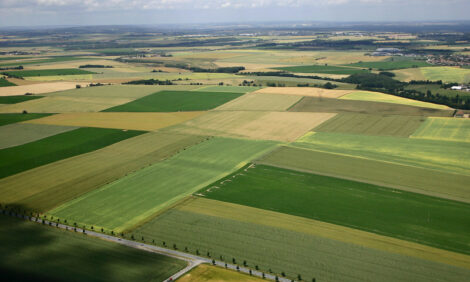



Studying Enzymes to Improve Efficiency
NEW ZEALAND - University of Waikato scientists are taking a closer look at the microbiological communities found in the rumen to find out how to produce milk, meat and wool in the most efficient way.Associate Professor Vic Arcus from the University of Waikato Protein and Microbes Laboratory has been working with AgResearch on a joint project looking at the bacteria and enzymes in the rumen of dairy cows.
AgResearch identified Butyrivibrio proteoclasticus, a bacterium found in the rumen that is very efficient at breaking down organic matter like grass and silage, and University of Waikato scientists have been investigating the range of enzymes it produces.
Ultimately, they’re hoping to isolate enzymes that farmers could use on animal feed to aid digestion which would lead to less methane, nitrogen and waste from their animals.
“The rumen is perhaps the single most economically important organ to New Zealand,” says Dr Arcus.
“To make milk, a cow needs to digest grass or silage. The thing that degrades the grass in a cow’s stomach is the microbes in the rumen, so the question is, how do the microbes degrade the grass? And how do we make this process more efficient?”
The team have cloned more than 80 enzymes found in B. proteoclasticus and are testing them to see which ones work best to break down plant matter.
“For the farmer it’s all about understanding productivity,” says Dr Arcus.
“They want to know how to turn cattle feed into milk and meat in the most effective way, and this is where our research into rumen enzymes comes in to play. Enzymes are the tools that break down biomass.”
TheCattleSite News Desk


